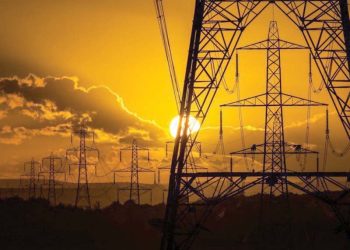Anwar-ul-Haq Kakar, the caretaker prime minister, has scheduled an emergency meeting at the Prime Minister’s House for tomorrow to examine the issue of rising electricity costs.
The meeting would feature briefings from the Ministry of Energy (Power Division) and distribution businesses, according to PM’s post on microblogging platform X — originally known as X.
According to PM Kakar, consultations would also be held to provide the utmost help to people regarding electricity prices.
Power bill hikes sparked nationwide protests, especially in Karachi, Rawalpindi, Multan, Gujranwala, and Peshawar.
In Karachi, the Jamaat-e-Islami (JI) staged repeated protests against the soaring increase in power rates and what it claimed was overcharging on the side of K-Electric (KE).
Meanwhile, in Rawalpindi, demonstrators gathered at Committee Chowk and burned bills in protest of the government’s imposition of power charges.
Protesters in Peshawar said the hike in electricity bills was onerous and sought help from the government.
Protesters besieged the Gujranwala Electric Power Company office in Gujranwala to protest the high cost of power.
Protests against excessive electricity bills were also conducted in other places, including Narowal, Attock, Sargodha, and Haripur.
In July, the then-federal cabinet approved a huge rise in the base rate of energy by up to Rs7.50 per unit, compared to the nationwide Electric Power Regulatory Authority’s (Nepra) nationwide average pricing determination of Rs4.96.
The tariff had been raised by the regulator in order to boost revenue collection for the loss-making power distribution firms (Discos) during the current fiscal year.
The new national average pricing for the fiscal year 2023-24 has been decided at Rs29.78 per unit kWh, which is Rs4.96 per unit more than the previously determined national average tariff of Rs24.82, according to a Nepra release.
While the regulator cited the rupee’s depreciation, high inflation and interest rates, the addition of new capacity, and overall low sales growth as reasons for the increase, it was actually raised to meet one of the IMF’s conditions of implementing structural reforms in the energy sector.
However, after surcharges, taxes, fees, and levies, as well as monthly and quarterly modifications, the applicable tariff would be significantly higher.






